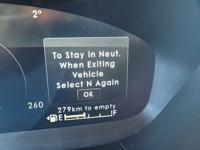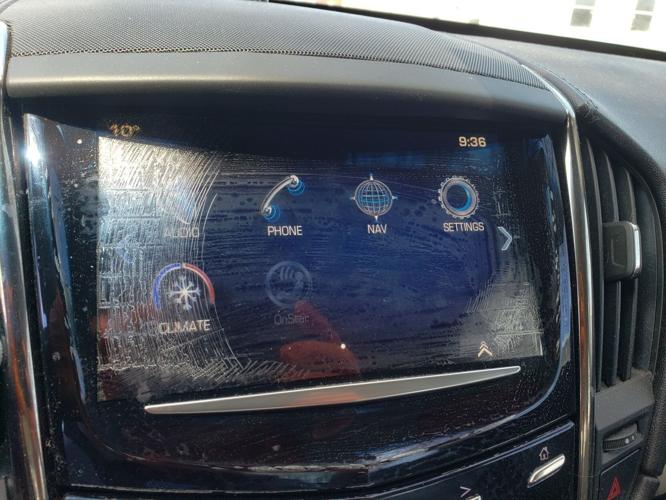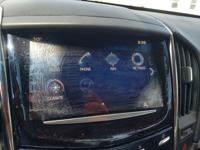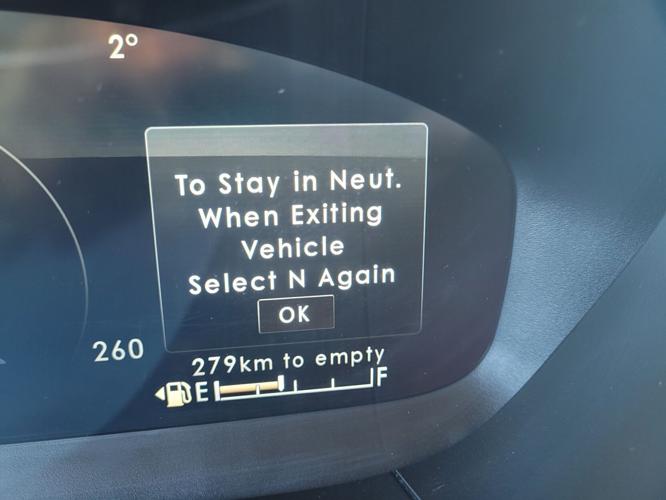Just as technology has spread into home appliances (internet-connected fridges) and clothing (devices that analyze our blood oxygen), it has invaded vehicles. Cars are now entangled with electronics. That's a help and a hindrance.
Of course, the more complex something is, the more chance it can go awry and the more unintended consequences can ensue.
Having a sizable, full colour screen in your vehicle for your infotainment isn’t new; having somewhere to display the image from the backup cameras that have been government mandated since 2018 pretty much made them a standard item. But you can probably credit — or properly blame — Tesla for the über-minimalist setup that uses just a single, tablet-like screen to do pretty much everything, from climate and audio, to speed data and other info.
In most modern vehicles, single-screen or not, the infotainment system is heavily integrated into both the cabin and the vehicle’s electronics. (The days of swapping in a Pioneer or Sony car stereo have all but passed.)
While there are benefits (phone-mirroring, navigation, vehicle-setting and appearance-customization) and it looks cool, there are serious ergonomic challenges involved in trying to locate the control you want on a flat screen, especially when it’s buried in a menu structure, and you are selecting it (and only it) in the dynamic environment of a moving vehicle. It's a far cry from using properly sorted buttons and knobs.
Having a touchscreen serve as the sole method of operation also sets you up for a less expected problem: I’ve encountered infotainment system failures that have crippled vehicle functionality or proven a complete hassle: a shorted USB outlet disabled control of one Mitsubishi RVR owner’s audio and Bluetooth system; and a suddenly unresponsive touchscreen meant that only the basic climate and audio functions provided by the redundant controls in another customer’s Cadillac ATS worked — no changing presets, no heater mode selections, no ability to add a new phone. At the time, the Caddy’s CUE (Cadillac User Experience) screen was a $1,300 replacement, which the owner declined. My favourite was a Dodge Charger with a delaminating touch surface that continually, randomly selected parts of the screen. Memorably irritating for the owner, it forced him to set all of his radio presets to one station, lest he get treated to a continuous music montage resembling a performance by a DJ quaffing Red Bull.
Technology has also found its way into vehicle lighting. Although our vehicle standards, which mostly mirror those of the U.S., haven’t allowed some of the latest adaptive lighting technologies available globally, such as “matrix” lighting, which uses cameras and in-lamp microlenses or LED (Light Emitting Diode) cluster arrays to provide full high-beam levels of light without blinding oncoming drivers, we still have some fairly impressive steerable and “active” lighting in our market, including matrix lamps dumbed-down to our requirements.
Whether simply height adjustable, steerable, or fully active, there’s ride-height sensors, in-lamp levelling/steering motors, and control systems that add failure points and repair costs.
You might be interested in
Whether the lights are merely height-adjustable, steerable, or a combination thereof, motors, controllers and sensors are generally involved and these can fail and are costly to fix.
Now lasers have been added to the mix of high-tech light sources available in premium makes. And Xenon-gas-discharge and LED headlights have become increasingly common in inexpensive models; even a Mitsubishi Mirage Noir comes with LED headlights, and the least expensive Civics, Corollas, and (Nissan) Kicks all feature them.
For a while, basic LEDs have been used in tail, marker (which are designed to tell other motorists about the other vehicles on the road), and daytime-running, lights, and they’re increasingly used in design elements, such as grille surrounds and emblems. Unlike old-school, incandescent bulbs (or the Xenon bulbs in high-intensity discharge headlights), they’re almost universally hard-wired and integral to the lamps, so when as much as a single LED fails, the only way to rectify it is to replace the entire assembly.
With some new models incorporating OLEDs (Organic LEDS, which are used in many cellphone and TV screens), and/or able to control individual elements to provide sequential turn signals or perform welcome greetings and fancy lightshows, a minor fender-bender, or moisture-induced failure, can prove extremely costly. An expenditure of $2,000 for a headlight assembly is not uncommon.
Sometimes I swear engineers reinvent things simply to justify their existence; take the automatic-transmission gear-selector, for example. In response to a confusing Wild West of shift patterns, the U.S. Department of Transportation effectively standardized the “P-R-N-D-L” layout, in 1971. Decades of column and console shifters with a predictable, common method of operation followed.
More recently, there’s been an apparent need to ditch that system in favour of a baffling variety of toggles, buttons and dials — most of these electronically connected to what they control. Many of these shifters are far from intuitive to use, nor is the selected gear position obvious without an electronic readout. This has led to injuries and deaths. Most electronic shifters now select "Park" automatically, when the driver’s door is opened or the ignition switched off.
In servicing these, there’s added complexity, and the controls themselves are more susceptible to damage. (For example, one Chrysler 300 owner discovered that her car’s electromechanical dial shifter didn’t appreciate being exposed to rain by an open sunroof.) Often located near cupholders, these electronic shifters are susceptible to having drinks spilled into them.
Thanks to the invasion of electronics, it’s entirely possible to render a modern vehicle immobile with a double-double coffee, these days.


















